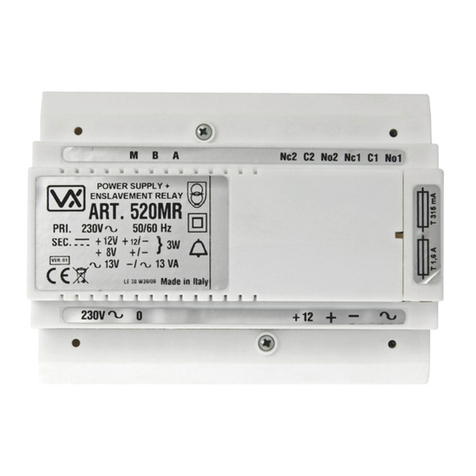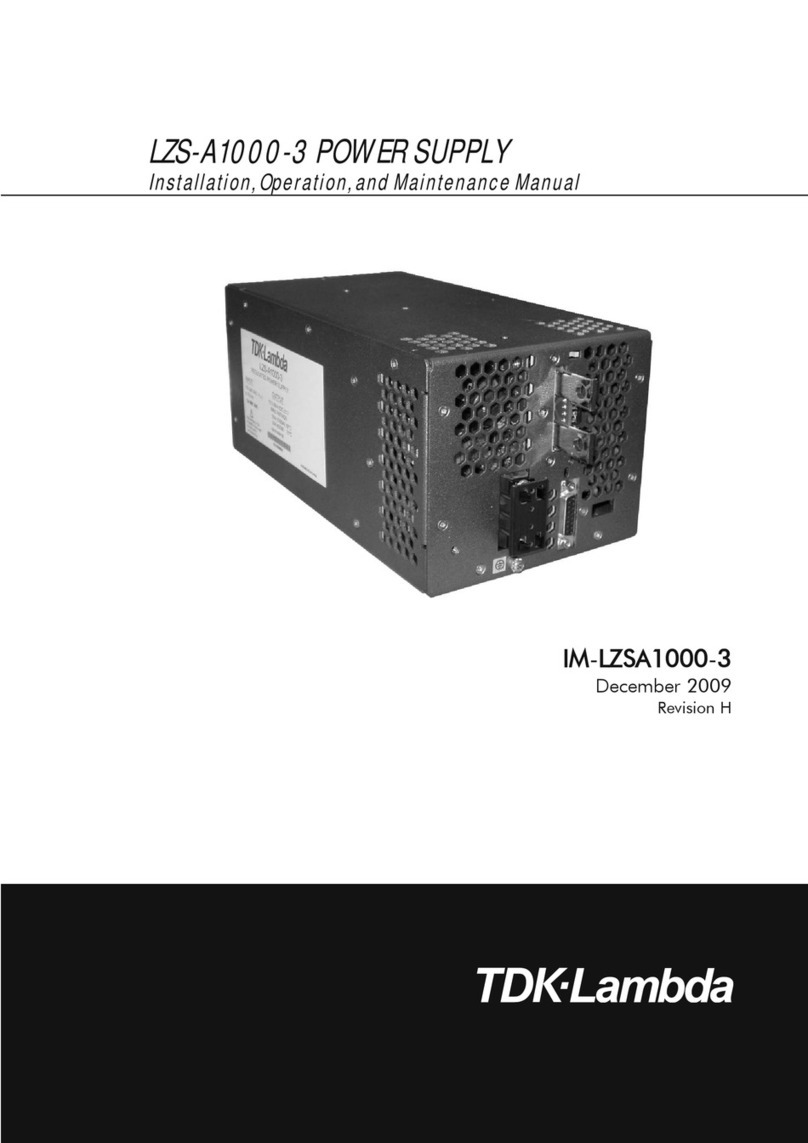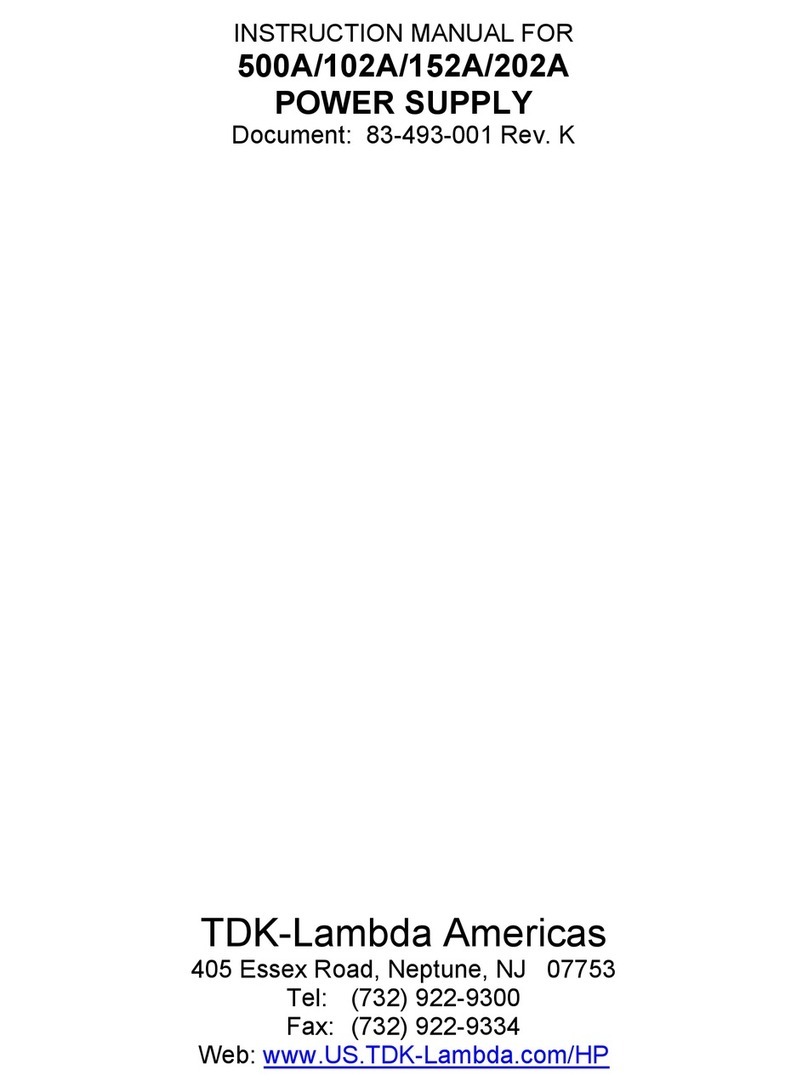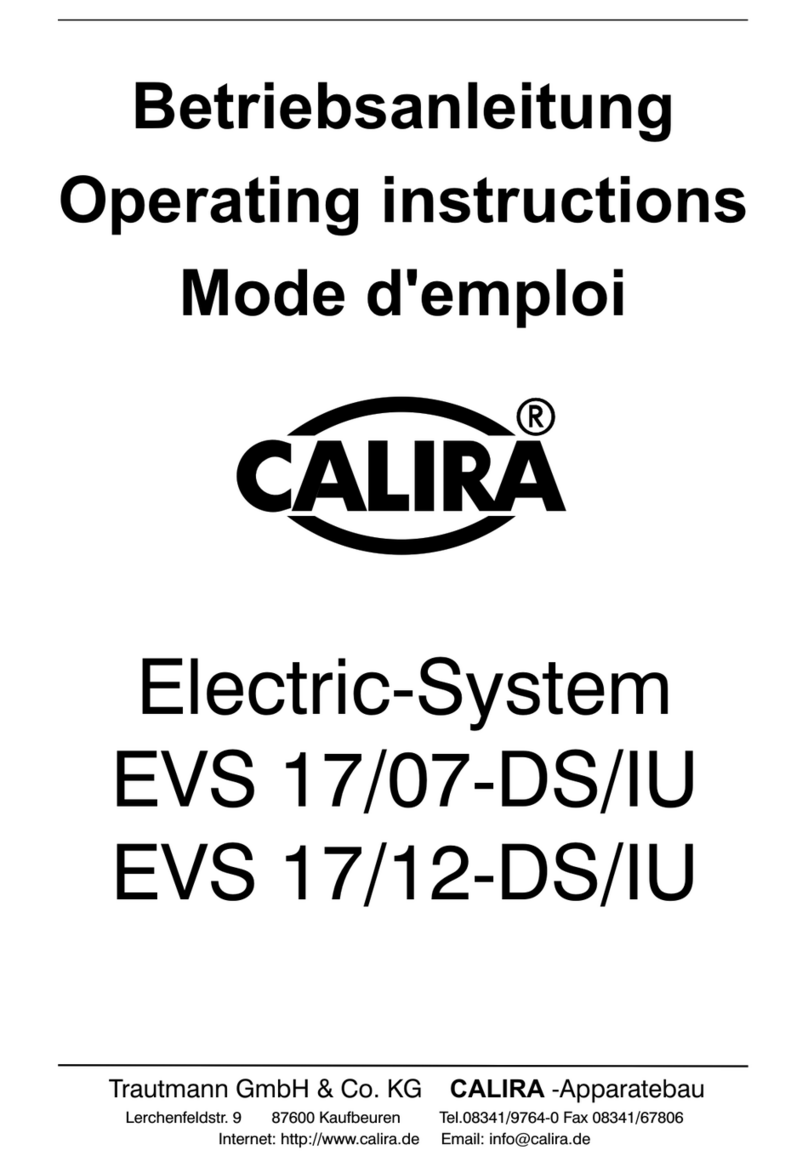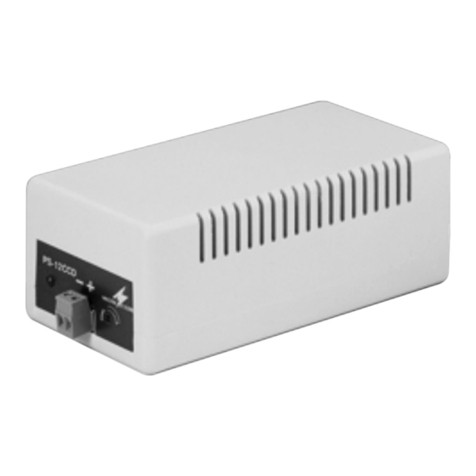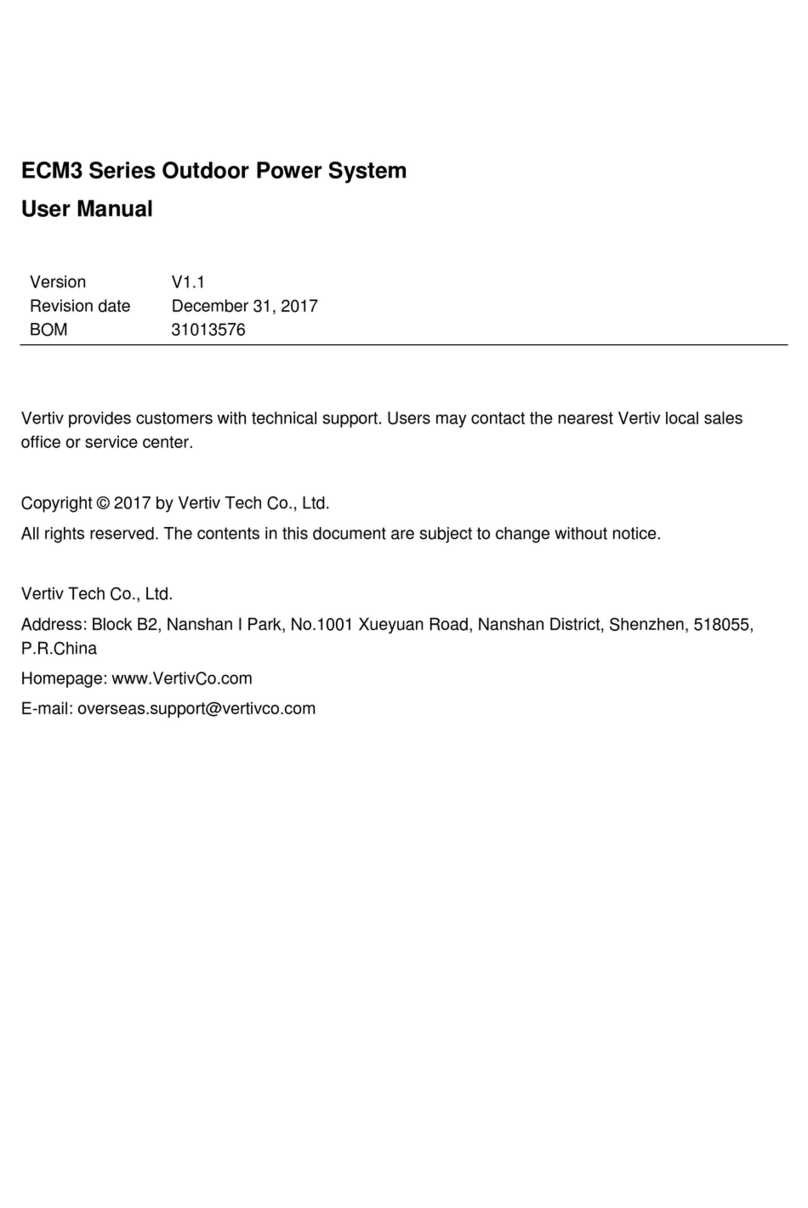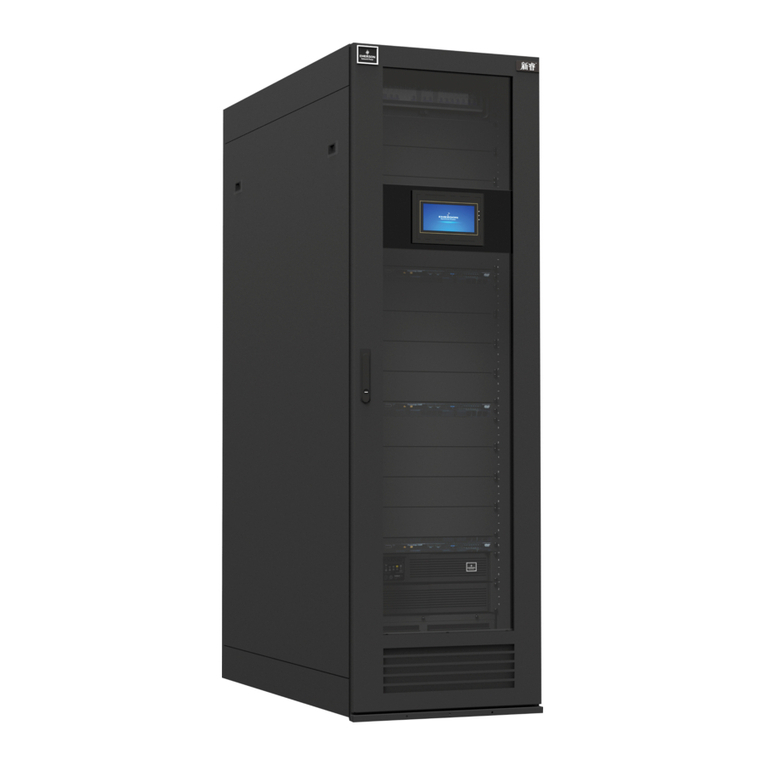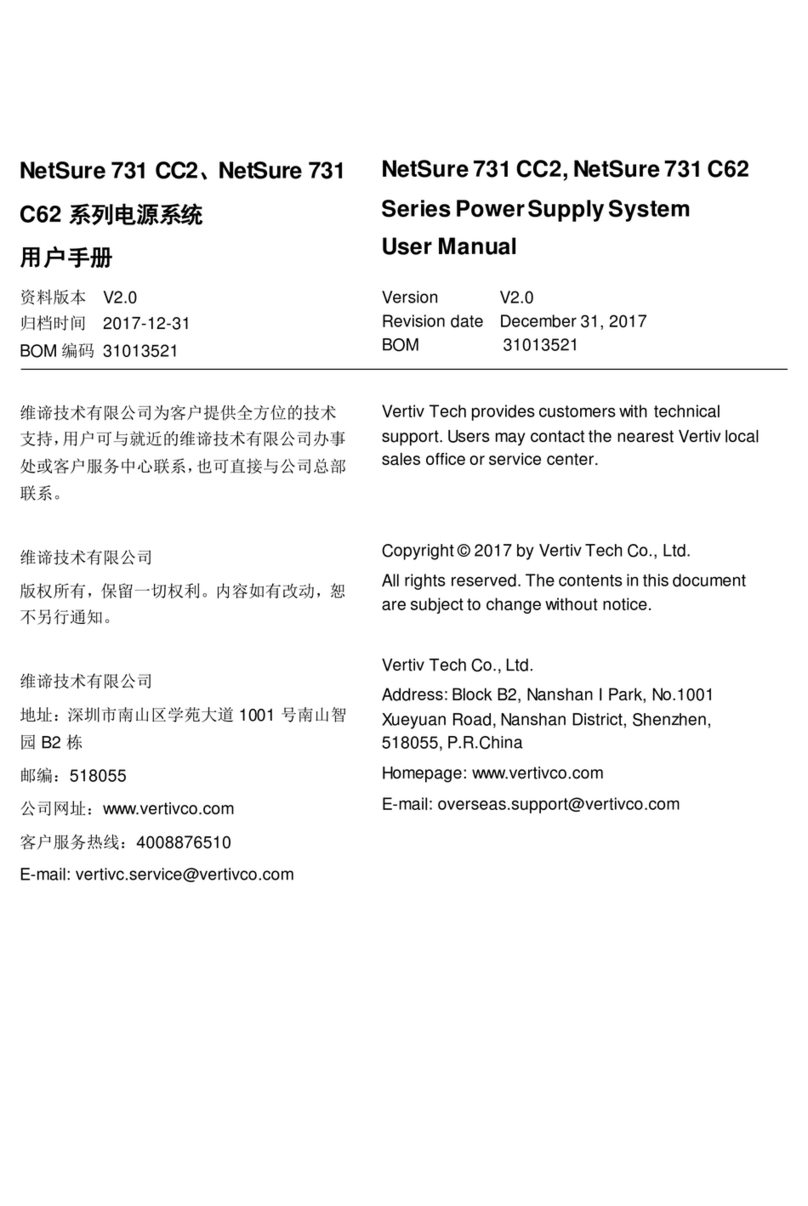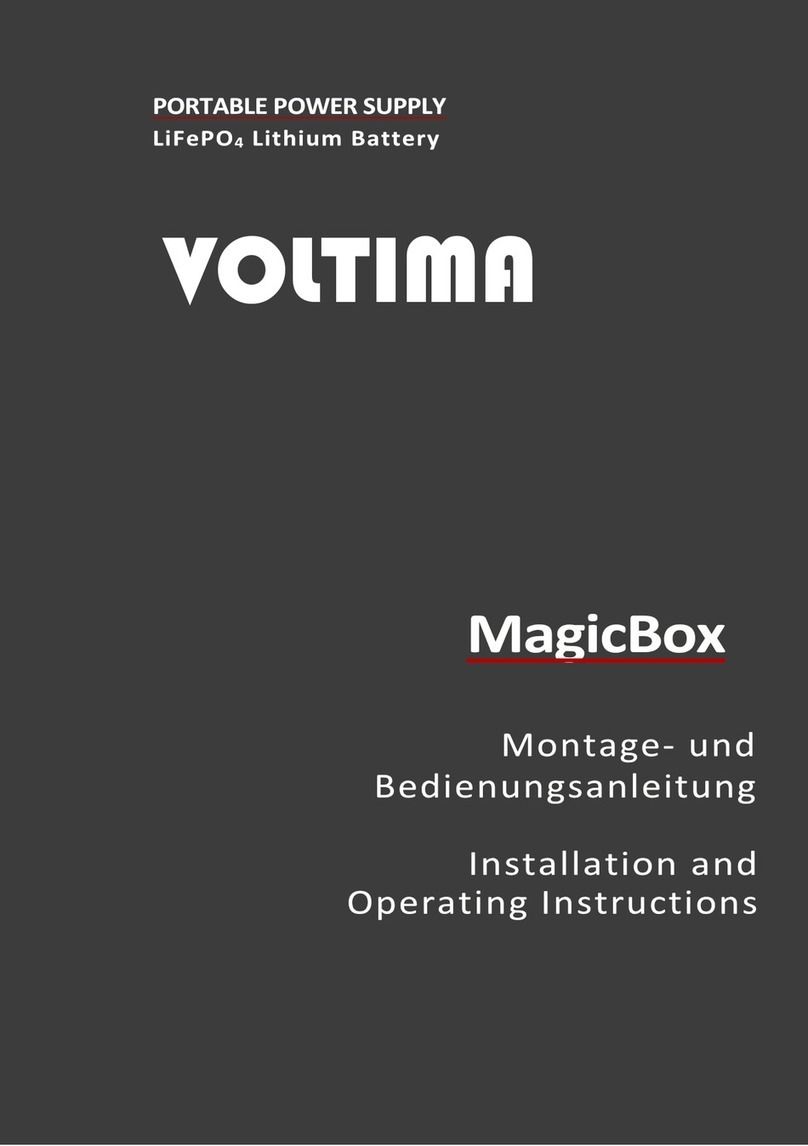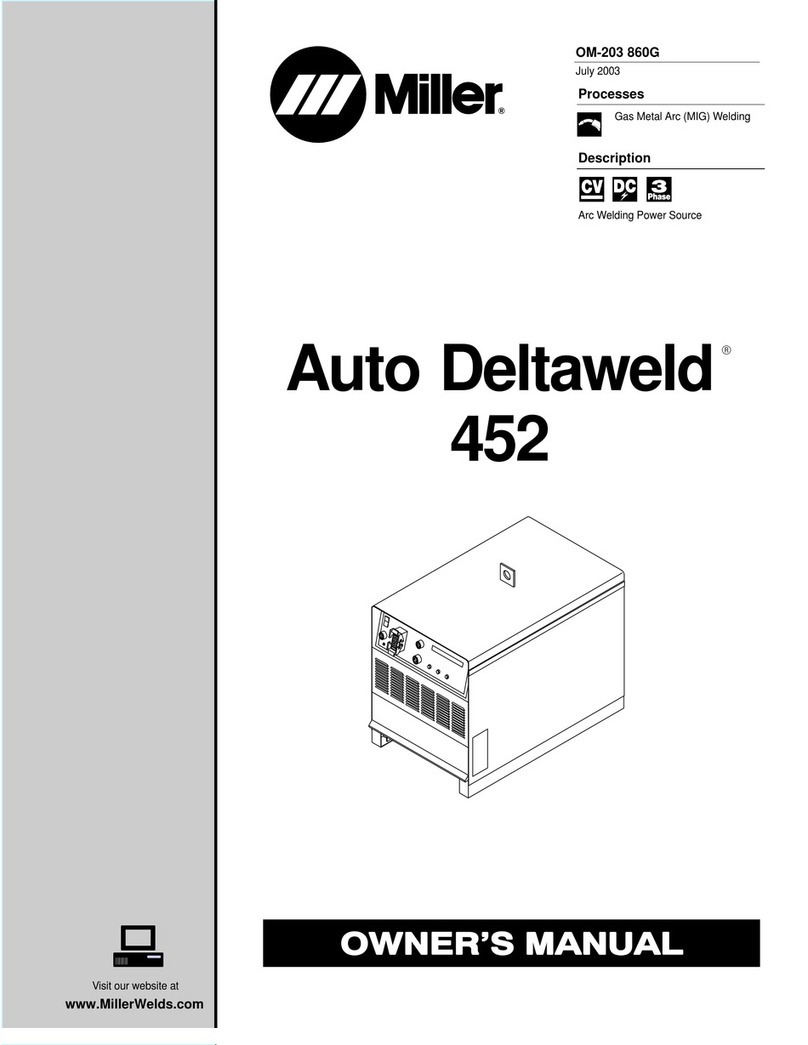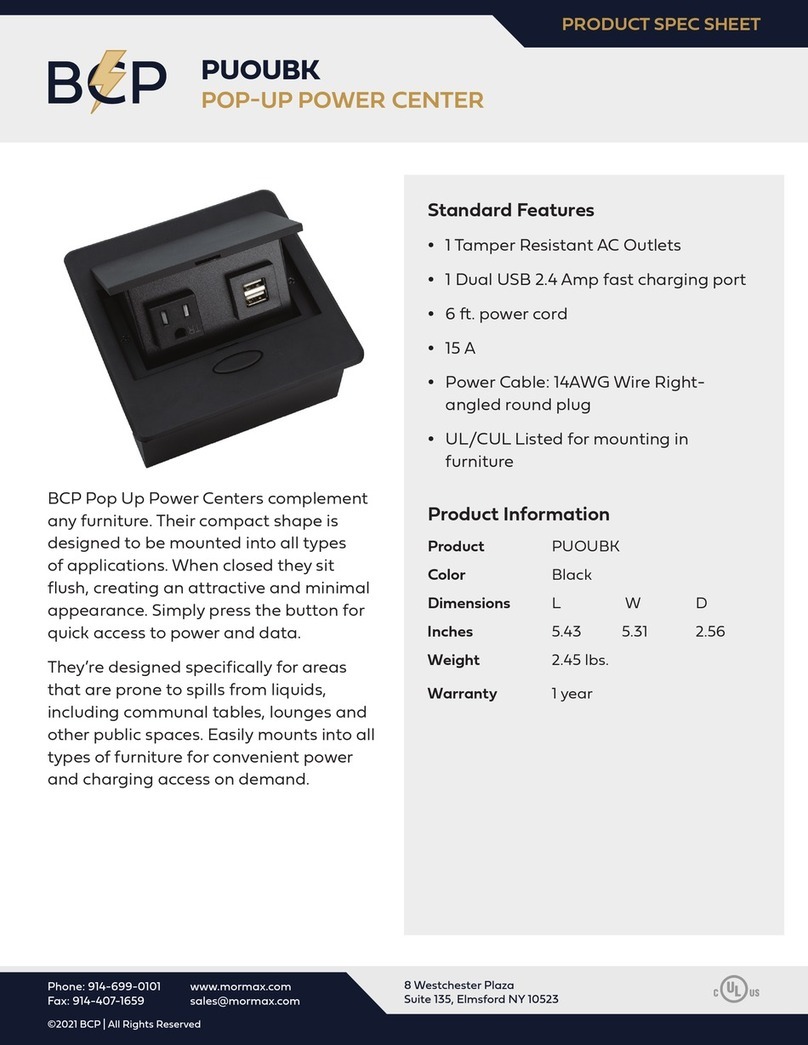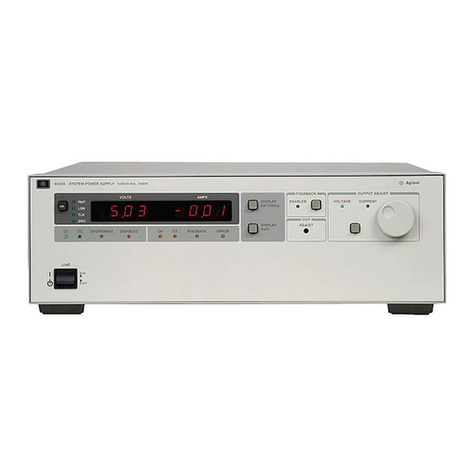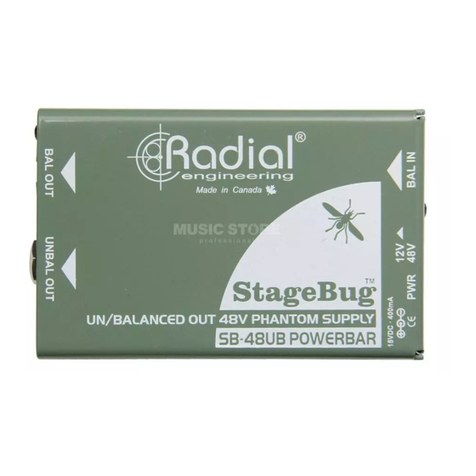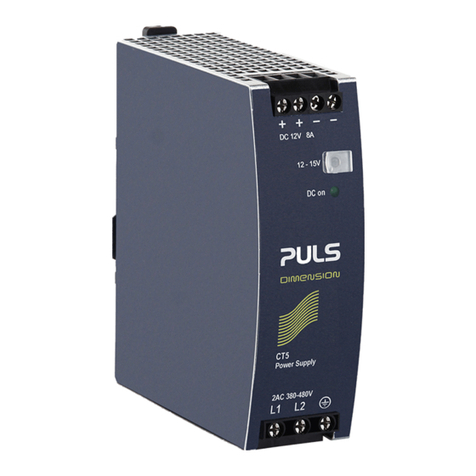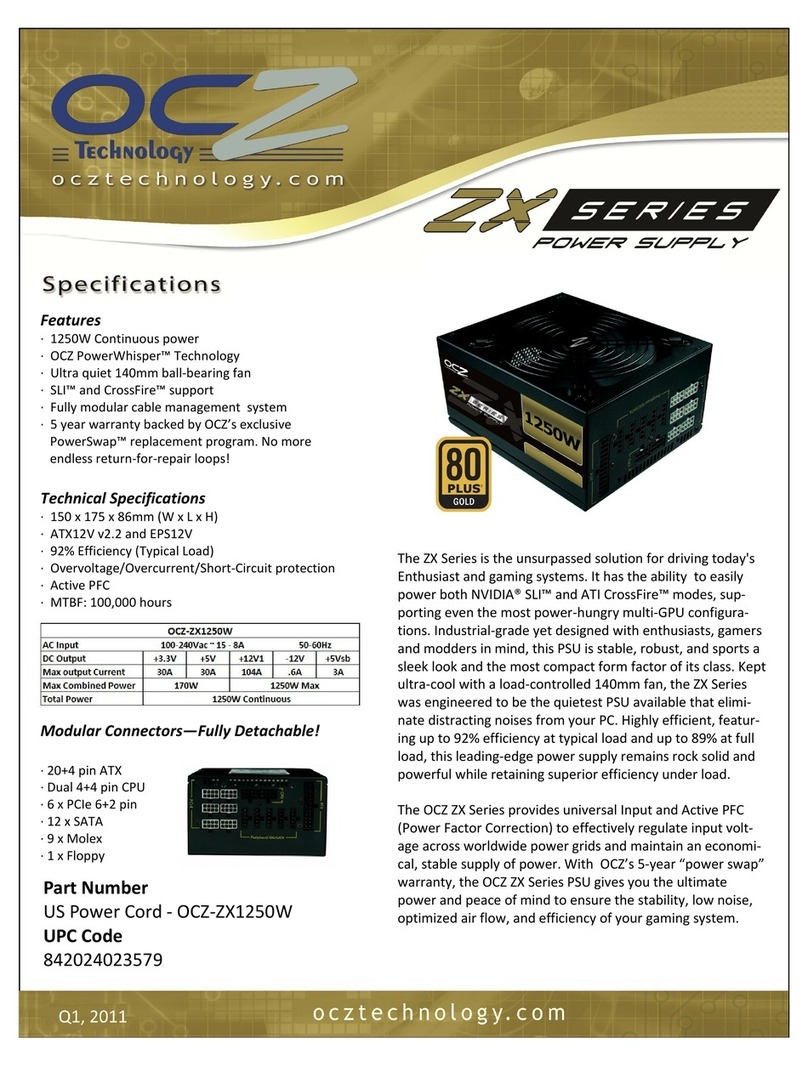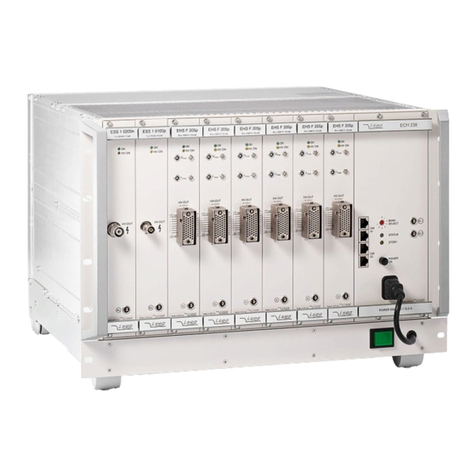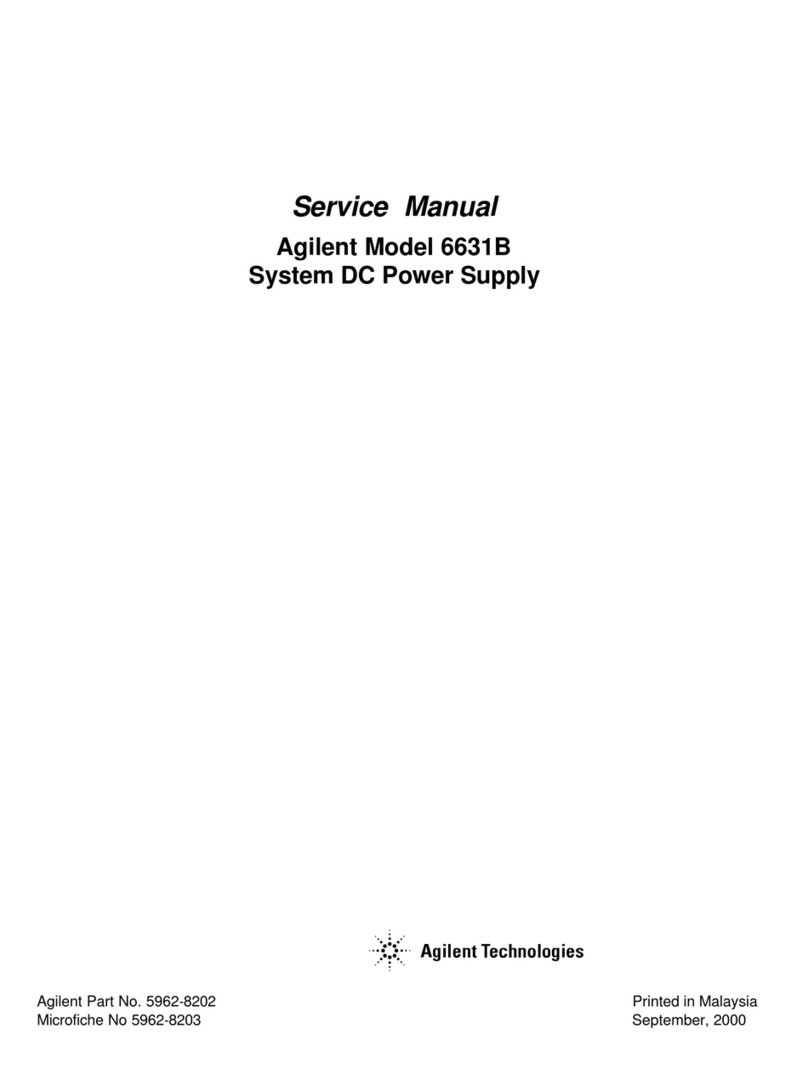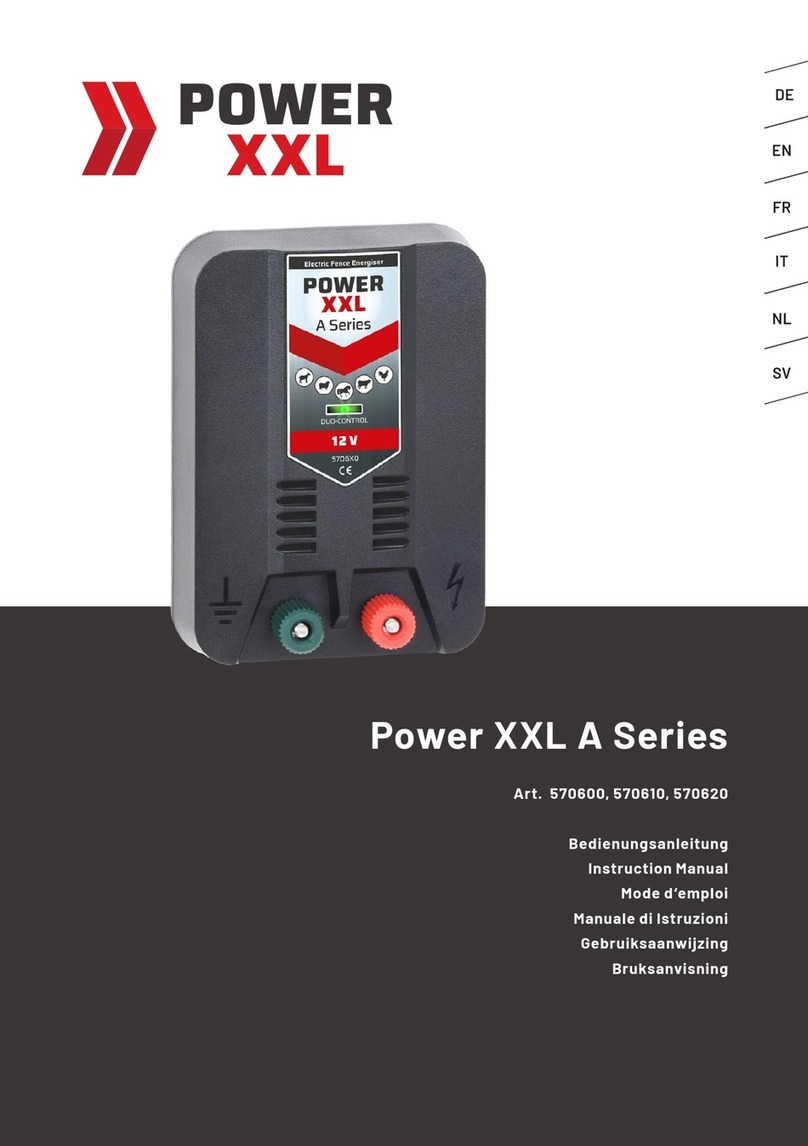Contents
Chapter 1 Overview ............................................................................................................................................................1
1.1 Composition and Configuration.............................................................................................................................1
Chapter 2 Installation Instruction.........................................................................................................................................3
2.1 Safety Regulation..................................................................................................................................................3
2.2 Preparation...........................................................................................................................................................3
2.3 Mechanical Installation..........................................................................................................................................4
2.4 Electrical Installation.............................................................................................................................................6
2.4.1 Power System Cabling Method .................................................................................................................6
2.4.2 Connecting AC Cables ..............................................................................................................................7
2.4.3 Connecting Load Cables ...........................................................................................................................7
2.4.4 Connecting Battery Cables........................................................................................................................8
2.4.5 Connecting Signal Cables .........................................................................................................................8
Chapter 3 Commissioning.................................................................................................................................................15
3.1 Installation Check and Startup............................................................................................................................15
3.2 Basic Settings.....................................................................................................................................................16
3.3 Alarm Check And System Operation Status Check............................................................................................17
3.4 Final Steps..........................................................................................................................................................18
Chapter 4 Troubleshooting................................................................................................................................................19
4.1 Controller Alarms And Fault Handling.................................................................................................................19
4.2 Rectifier Fault Handling.......................................................................................................................................22
4.2.2 Rectifier Fan Replacement......................................................................................................................24
Appendix 1 Technical And Engineering Data....................................................................................................................26
Appendix 2 Installation Instruction Of Battery Rack ..........................................................................................................29
1. Installation Instruction Of Two-Layer And Four-Layer Battery Rack .....................................................................29
2. Installation Instruction Of Three-Layer Battery Rack.............................................................................................31
3. Fixing The Battery Rack........................................................................................................................................32
Appendix 3 Wiring Diagram...............................................................................................................................................33
Appendix 4 Schematic Diagram........................................................................................................................................35
